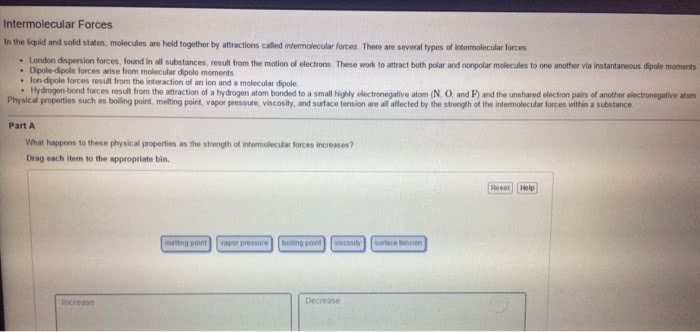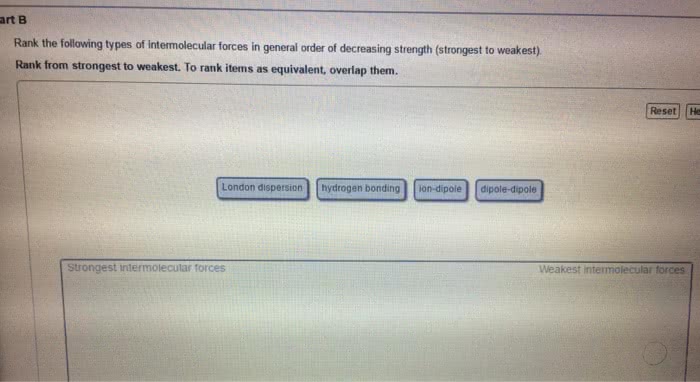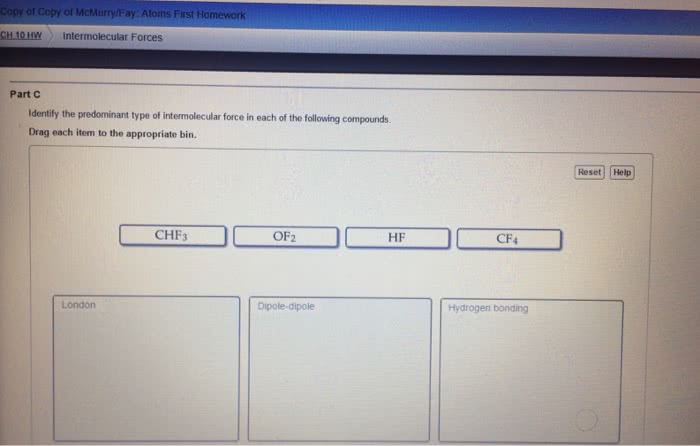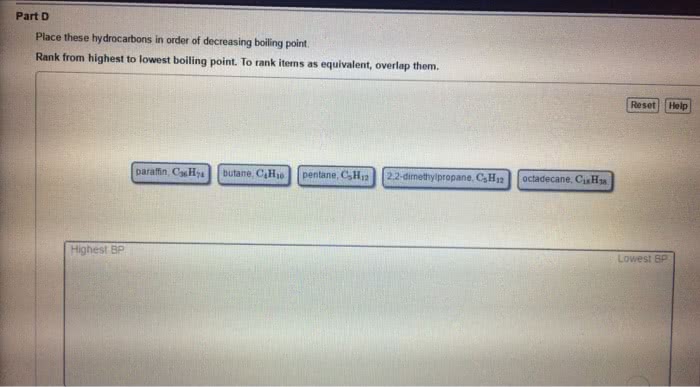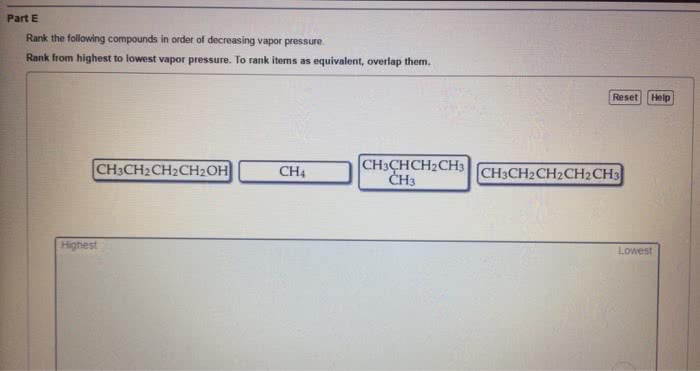* Circle the intermolecular force(s) that is/are present in each of the following species. [Hint: there may be more than one correct answer.]
Ar (hydrogen bonding, dipole-dipole forces, dispersion forces)
CH4 (hydrogen bonding, dipole-dipole forces, dispersion forces)
HBr (hydrogen bonding, dipole-dipole forces, dispersion forces)
HF (hydrogen bonding, dipole-dipole forces, dispersion forces)
CHCl3 (hydrogen bonding, dipole-dipole forces, dispersion forces)
* For the following pairs of atoms/molecules, circle the species that has the higher boiling point.
Ne or Xe
Cl2 or F2
HBr or HF
HCl or HI
H2O or H2S
* Phase changes always associate with change of enthalpy. For the following situations, name the phase
transition and indicate whether the process is exothermic or endothermic.
(a) Dry ice (solid carbon dioxide) turns to gaseous carbon dioxide.
Answer:
(b) Water vapor turns to liquid water.
Answer:
(c) Solid iron turns to liquid iron.
Answer:
(d) Iodine vapor turns to solid iodine.
Answer:
(e) Liquid helium turns to helium gas.
Answer:
* True or false
1. Intermolecular forces are stronger than ionic and covalent bonds. Answer:
2. For molecules with similar size and molar mass, those with higher polarity would have higher boiling
point. Answer:
3. Ion-dipole forces exist between ionic potassium bromide and polar water.
Answer:
4. Dispersion forces exist between argon and helium. Answer:
5. Instantaneous dipoles exist in all molecules and atoms. Answer:
6. The strength of dispersion forces depends on the molar mass but the shape of the molecules have no effect on dispersion forces. Answer:
7. Ice has a higher density than water because ice has an ordered cagelike structure. Answer:
8. Liquids with weaker intermolecular interactions have lower viscosity. Answer:
9. Viscosity decreases with increasing temperature. Answer:
10. For any molecules, the heat of vaporization is always lower than the heat of fusion because it takes more energy to make molecules to move past one another in a solid lattice. Answer:


